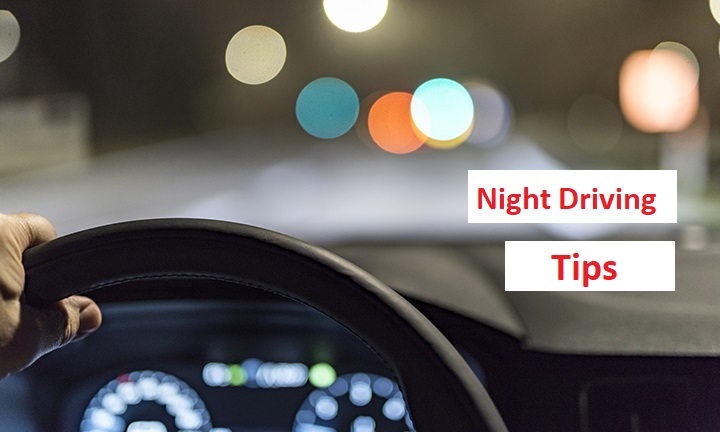Driving at needs special attention and care. Drivers must not undervalue the risky nature of nighttime driving. Although the drivers should not be afraid to drive at night, infect they should respect the augmented level of danger of nighttime driving.
Driving at night is more dangerous than during the day. One of the reasons is darkness. Most of the time a driver’s reaction depends on vision and vision is sternly limited at night. Depth perception, color recognition, and tangential vision are compromised after sundown. The following tips will assist the drivers in making their after-dark drive safer.
Use The Headlights:
This is, in fact, a good thought to get in the habit of having the car headlights on more often than not. At the very least, one should turn the headlamps on about an hour before dusk. This makes it easier for the driver to see as the sun sets, but also makes him more visible to other drivers.
It is obvious that during times of bad weather, consider using car lights regardless of the time of day. Thunderstorms can bring in dark clouds that turn the sky almost as dark as a gloomy night.
Stay Awake:
Most of the drivers always prefer night driving when it comes to trips or other long tows on the road because it is cooler in a hot season and the roads are less crowded, it can be more hazardous.
Because most of the driver’s body is used for sleeping once darkness sets in, starting off on a road trip with hours of driving instead of sleep ahead and can be difficult to get the body to agree to. So, be aware of this and plan consequently.
Earn top cash by selling your old car: Cash for Cars Melbourne
Increase Distance and Reduce Speed
During the traffic jam issue, a person wants to reach the destination on time but he should reduce the speed so that that could keep not only himself but also others’ life safe and sound. Try to use the headlights to help to gauge the distance and stopping time.
Speeding-related hurtles account for almost 30% of nighttime-driving fatalities if compared with 21% of those during daytime hours—due to inferior visibility and shorter reaction times. For example, the headlight typically shines 160 feet in front of the vehicle, but even at 40 mph, then the driver needs 190 feet to stop. Adjust the speed to take conditions like visibility into account.
Dim Instrument Panel & Dash Lights:
Cars manufacturing companies now making vehicles with dashboard dimmer switches for a reason. With bright control panel LEDs and large infotainment monitors finding their way into vehicles, there are a lot of sources of needless and distracting lighting inside a vehicle that can diminish a driver’s vision. Dimming dash lights can remove mirror image on the windshield and allow the eyes to better adjust to the darkness ahead, improving nighttime visibility.
Keep the eyes moving and be alert:
The best way to avoid an unpleasant incident at night is to be watching for lights and movement and keep examining those mirrors. It is as important to keep an eye out for other cars’ headlights as it is to mark other things, such as cars without headlights.
At night it is harder to see the animals on the side of the road, children still playing in the street or wreckage that could already be there or become a problem.
It is more important to stay alert by checking mirrors regularly enough to be aware of what is happening all around.
That also means being at the top of the diversion for defensive driving skills. Sometimes, particularly at night, it’s more about watching for other driver’s faults than having to worry about your own. That said, also make sure to keep the car’s mirrors clean and have them pointed in a direction that will make it easier for the driver to see but also lose any frown, if possible.
Be aware of street signs:
Whenever the car owner drives at night, he/ she will notice that all street signs are reflective. While they should not have any difficulty seeing street signs and road markers, they may have to pay special concentration if they are driving in an unfamiliar area.
